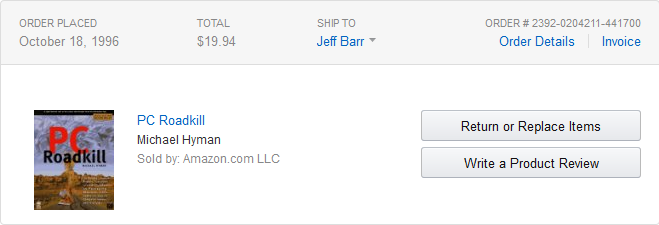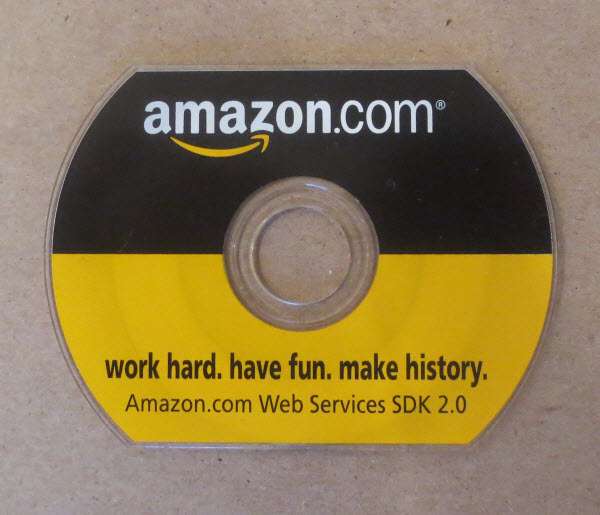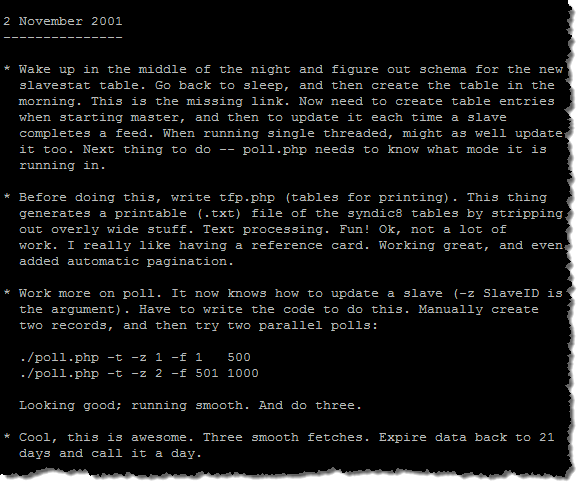Over the last couple of years I have slowly become an Adult Fan of LEGO®, otherwise known as an AFOL! After building dozens of LEGO sets with my children when they were young, I rediscovered my fondness for carefully following directions in order to end up with the desired result. This is in marked contrast to my day job, where I am routinely called upon to create thousands of words of fresh content from scratch with no structure or guidance whatsoever.
I have built all of the following large-scale sets in the last two years, along with four or five smaller ones:
- Service Truck
- Mercedes-Benz Unimog U-400
- Mobile Crane MK II
- Remote-Controlled VOLVO L350F Wheel Loader
- Cargo Plane
- Logging Truck
- Mobile Crane
- Supercar
- Motorized Excavator
- Fire Brigade
- Grand Emporium
- Town Hall
- Parisian Restaurant
- Pet Shop
- Palace Cinema
- MINI Cooper
- AT-AT
- Shuttle Expedition
- Volkswagen T1 Camper Van
Here is one corner of my home office:

In 2015, I hope to design and build a Great Ball Contraption of my very own! In order to do this, I’ll need a healthy supply of various parts. It turns out that there’s a really interesting and well-organized international marketplace for new and used LEGO sets and parts and that’s why I am writing this post. While I have no plans to be a LEGO seller, I thought I would take the time to organize and document what I found.
The Challenge
According to the Brickset Parts Database over
27,197 LEGO parts have been in production at some point over the last 26 years.
At any given time, a subset of these parts (in a subset of the 141 official
colors) are actually in production. Each new part represents an
investment of $50K to $80K in tooling and the company is careful to keep the number under
control. According to the book
Brick by Brick
an
earlier failure to pay attention to the proliferation of parts nearly destroyed
the company just a decade or so ago. Today, according to a recent article
in Issue 21 of HispaBrick,
they design and produce 300 to 350 new parts per year and cease to produce
about the same number.
Most LEGO sets are available for a limited time. A particular part in a desired color might be found in a handful of sets. This scarcity is what creates value and makes the buying and selling of individual parts worthwhile for sellers.
The New Elemenary blog is one of several sources for information about new parts. The parts databases at Brickset and BrickLink allow you to browse by part, set, year, color, and so forth. For example, here’s the BrickLink entry for the Technic Axle Connector Hub with 3 Axles:

I should note that BrickLinks is just one place to buy and sell LEGO parts online. You can buy direct from LEGO Pick-A-Brick and you can also check out the new Brick Owl marketplace.
Buying LEGO Parts
Let’s say that I need 20 of these parts for a project. I can simply search BrickLink to find a
seller who has them in inventory and make the purchase:

After I select a seller (based on price, reputation, location, terms of sale, and so forth) I make my purchase (which can consist of one or more lots) and wait for the seller to send me a payment request. I pay the seller, they ship the items to me, and I enter my feedback. The site maintains feedback for buyers and for sellers. Here’s mine:

If I am buying a lot of parts and want to be sure that I am getting a good deal, I can consult the BrickLink price guide:

Some Observations
After spending some time browsing through the parts catalog, seller inventory, and other information
on BrickLink, a couple things became apparent to me. First, there’s a lot of inventory and many
sellers:

Second, sellers can find many ways to differentiate themselves. They can decide to focus on shipments to or from a particular geographic area. They can accept various forms of payment, and they can specialize in different types of LEGO products (Duplo bricks, mini-figures, Technic parts, and so forth). They can also set minimum lot and order sizes, and they can deal in sets, parts, or both. There’s a market for just about everything including the original boxes, sheets of stickers, and instructions. Sellers can offer new parts (taken directly from newly opened boxes), used parts (often acquired in bulk), or both. They can buy popular sets and hold them until production ceases, hoping that the value will rise over time (the Brick Picker Blog analyzes sets and themes and attempts to pick suitable long-term investments).
Third, is that people are very clever and can turn almost any opportunity in to a full or part-time business of some sort. Some of the largest stores on BrickLink have millions of parts in their inventory; many others have 100,000 or more.
Fourth, there are a multitude of variables to consider. Buying sets and parting them out is clearly labor-intensive. You’ll need to be well organized and have an eye for detail. Buying and holding sets can be lucrative but risky. You may need to hold on to sets well past their retirement dates in order to realize a good return. In order to do this you will need a large amount of secure, low-cost storage space (the “value density” of a box of bricks is fairly low, all things considered). International shipments can be profitable but complex and (again) labor-intensive due to the paperwork involved.
Fifth, good accounting is key. With an inventory of tens or hundreds of thousands of low-cost parts, you need to know which parts and sets are the most profitable, which items are simply taking up space in your inventory, and so forth. You need to understand storage, shipping, packaging, and handling costs. You need to track costs and revenue, track and pay all appropriate taxes, and properly value and account for your time.
With all of these thoughts in mind, I spent some time exploring this space from the seller’s point of view.
Selling LEGO Parts
Sellers must be able to find a unique selling proposition and then capitalize on it
in order to create a successful business. As I mentioned above, they have many options.
With a business model in mind, sellers need to acquire inventory. They can acquired used inventory in bulk from eBay, Craigslist, and local sources such as garage sales. New inventory comes from big-box stores, toy stores, and the link. Astute sellers are quick to jump on sales and take advantage of LEGO VIP membership, coupons, special offers, discount codes, and credit card loyalty programs.
Some good tools are available to help sellers make good acquisition and pricing decisions. For example, the BrickLink Price Guide allows you to enter the item number for a set and determine the value of the parts inside. I happen to have the Passenger Train in my pile of sets to be built. Let’s see what it is worth as parts:

And the answer is (assuming that I can sell all of the parts):

I paid $129 (plus tax). It looks like I could part out this set and almost double my money. That’s not too bad. There are, however, ways to increase my return. I could hold on to the set for another year or two (the value appears to be increasing). I can also do a better job of acquiring inventory. This set is about to go “EOL” (End of Life) and was sold on close-out for just $103.98:

A savvy seller would pick up some sets at this time in order to maximize their return. Obviously, there’s a very short time window between “End of Life” and “Sold Out” and you need to act fast. Buying sets at this time should increase returns due to the lower purchase price and the opportunity for a faster inventory turn.
Selling parts and sets is a service business and good customer service is a must! A successful seller has to be able to pack and ship the goods on time and as promised, provide tracking numbers, and respond to complaints and other inquiries on a timely basis. Reputation is everything in this business.
Resources
This post is getting kind of long and I have just scratched the surface of this fascinating
topic. I’ll wrap up with some interesting resources so that you can continue to investigate.
First, a pair of helpful books. Both of these are relatively short, but are written by experienced sellers and are jam-packed with good information:
The Lego Investing Group on Facebook is home to an active seller community:
There are also lots of good YouTube videos. Chris Byrne (Bricks on the Dollar) is prolific, entertaining, and informative. He also writes the Bricks on the Dollar blog. Check out his Instagram Feed to get a sense for the scale of his operation. Yankee Brick Picker seems to run on a smaller scale, but also looks interesting.
I hope you have enjoyed this quick look at a fascinating brick-based economy! If you have suggestions for updates, please contact me.








